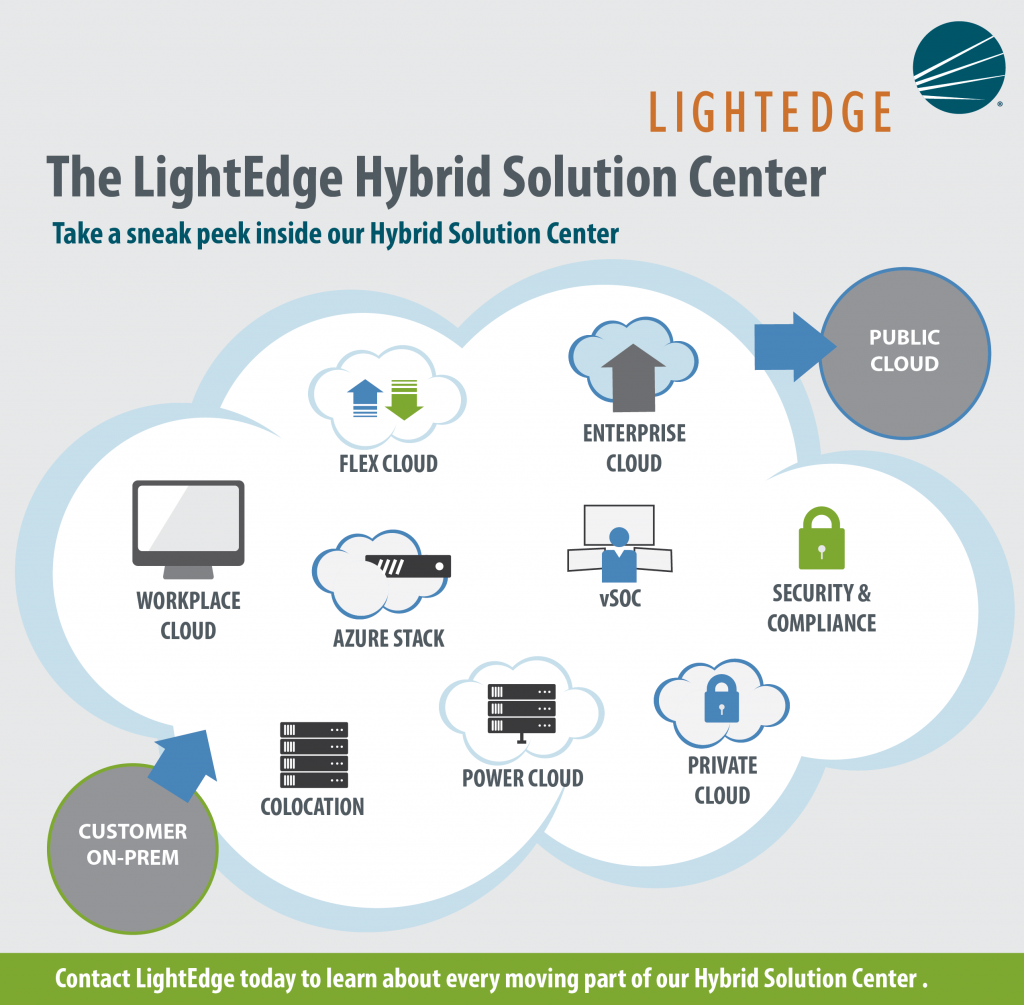The history of transportation is a study in the continued pursuit of moving goods faster, more efficiently, and more securely. From ocean shipping routes and overland trucking, to air travel and parcel delivery, the recurring model of efficiency is the hub and spoke.
The hub and spoke model emerged as a central point for the physical exchange and rerouting of products. This model linked remote geographies, while eliminating the need for multi-point connections. The hubs themselves offered services such as docks, cranes, and safe storage. Together they made up a complete infrastructure.
As hubs continued to offer more infrastructure services, they became more attractive as a mandatory stop. This resulted in increased options for fast, efficient, and secure delivery.
Technology Hubs
Today, the most valuable ‘good’ a company has is its data. This means businesses must evolve alongside the everchanging technology landscape. Technology is continually evolving with improvements in network, computing, and storage, just as transportation logistics once did.
Each advancement in service delivery creates new requirements to go even faster, while maintaining leading security protocols. Technology hubs are in the same race; they must provide increasingly more sophisticated suites to become a ‘mandatory stop’ for improved delivery.
What is a Hybrid Solution Center?
Thankfully companies have somewhere to turn for the solution to all of these rapidly moving parts. LightEdge is fulfilling this need with Hybrid Solution Centers. A Hybrid Solution Center is a computing environment that enables a mix of on-premises, private and public clouds, and allows workload processing to move between them all. The Hybrid Solution Center is a combination of all the networking, computing, storage, security, compliance, availability, infrastructure, and enablement services that come together to address complex business needs.
In addition to these services, our Hybrid Solution Centers allow for ease of access to other clouds. Meaning, the number of spokes that stem from our Hybrid Solution Centers is key. It has become the ‘mandatory stop’ on the way to faster, more secure delivery of service. LightEdge’s Hybrid Solution Centers facilitate both on-premises and Public Cloud access. Customers can have instant access to their data without having to manage all the end points directly.
Without a Hybrid Solution Center as the hub, IT departments are tasked with designing and managing the point-to-point connections and supporting the distribution of applications, all while remaining compliant with intense security requirements. The burden of computing, performance, storage, availability, and latency requirements falls on the single IT department. This isn’t the way companies should be dealing with their most valuable good.
So, What’s Next?
In the coming weeks, LightEdge will be introducing you to all the intricate pieces that make up our Hybrid Solution Center. This six-part blog series will break down its complexity by looking at the various parts that build it up. By the end, we hope you gain a complete understanding of how our Hybrid Solution Center can empower your business.





